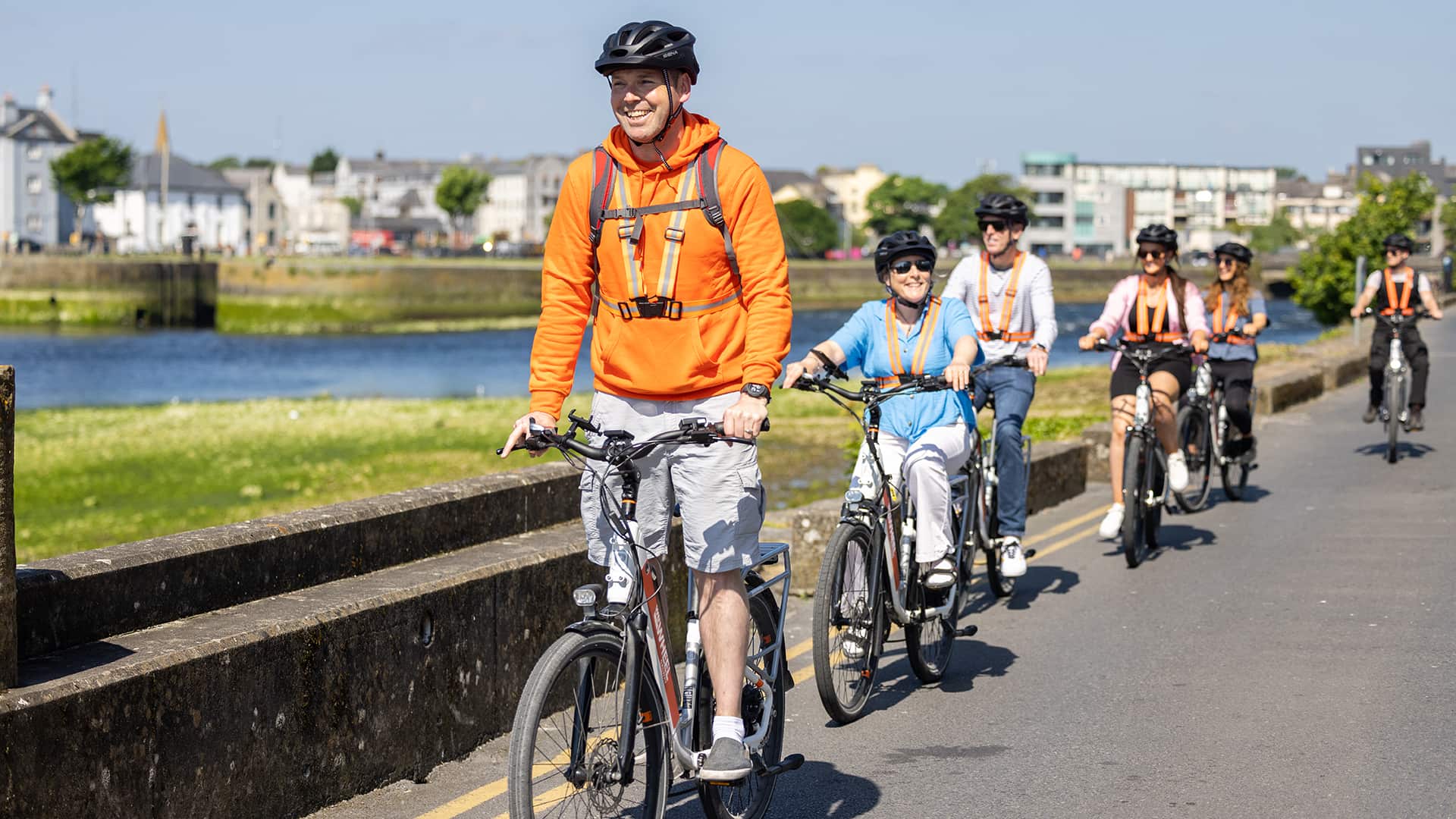Cycling is an incredible way to stay fit and enjoy the outdoors. It’s not only a great cardio workout, but it also helps to tone and strengthen muscles all over your body. However, with any physical activity, there’s always a risk of injury.
Here are some specific ways to prevent injury while cycling:
Always Wear a Helmet
Wearing a helmet is one of the most important things you can do to prevent head injuries when cycling. Wearing a helmet can reduce the risk of head injury by up to 85%.
Head injuries can be hazardous when cycling, even at low speeds. In an accident, your head could hit the pavement, a curb, or any other hard surface. A helmet can help absorb the impact and protect your brain from injury.
Wearing a helmet can also help prevent serious long-term consequences of head injuries such as memory loss, speech impairment, or permanent brain damage. Remember: Wearing a helmet doesn’t guarantee that you won’t suffer a head injury, but it does significantly reduce the risk of injury.
Warm Up Before Heading Out
Warming up before cycling is essential to prevent injury and ensure an enjoyable ride. A solid warm-up routine helps to increase blood flow to the muscles, improve flexibility, and reduce the risk of muscle strains, cramps, neck pain, lower back pain, knee pain, and other injuries. Warming up before exercises could help prevent injuries, especially in the case of skeletal muscles (which make up over 30 percent of injuries).
Most cycling injuries are related to the lower back, neck, knees, and hands. These injuries can be caused by overuse, lack of flexibility, and poor posture. A proper warm-up routine can help to address these issues and prepare your body for the physical demands of cycling.
A warm-up routine should include dynamic stretching exercises that target the muscles used when riding a bike, such as the quadriceps, hamstrings, calves, and glutes. A top-tier warm-up will also include light cardio exercises to increase your heart rate and blood flow to the muscles. This can include jogging in place, jumping jacks, or a few minutes of easy cycling.
Adjust Your Bike Properly
Every part of your bike matters, but pay special attention to the saddle height, saddle position, handlebar height, and cleat position (if you use clip-in pedals). These adjustments can help to optimize your body’s position on the bike, reduce strain on your joints, and improve your pedaling efficiency.
Saddle Height and Position
One of the most VIP adjustments is the saddle height. The proper saddle height will allow you to pedal with maximum power and efficiency and minimize the risk of knee injuries.
To determine your precise saddle height, stand next to your bike and adjust the saddle so that it’s at hip level. Then, sit on the bike and place your feet on the pedals. Your leg should be almost fully extended at the bottom of the pedal stroke, with a slight bend in the knee.
Handlebar Height
Handlebar height also factors into a comfortable and safe ride. The handlebars should be adjusted so you ride with a slightly bent elbow and a relaxed grip: This can reduce strain on your shoulders, neck, and upper back.
Stay Hydrated
To prevent dehydration, drinking fluids before, during, and after your ride is essential. In addition to water, low-sugar sports drinks or electrolyte-enhanced beverages can help replace the sodium, potassium, and other minerals lost through sweat. These drinks can also help to maintain your energy levels and reduce muscle fatigue.
Start your ride well-hydrated. Drinking fluids in the hours before your ride (17 to 20 ounces two to three hours before your ride) can help to ensure that you’re properly hydrated when you get moving. Twenty to 30 minutes before pedaling off, drink eight ounces. And don’t forget to continue drinking fluids after your ride to help replenish your body’s fluids and electrolytes.
Follow the Rules of the Road
Following local/state traffic laws while riding a bike is not up for debate. Bicycles are considered vehicles; they’re subject to the same traffic laws as cars and other motorized rides.
Stay Visible
Stay visible while cycling. This means wearing bright, reflective clothing, especially at night or in low-light conditions. Install lights on the front and back of your bike (and helmets with lights) to increase visibility and alert drivers to your presence.
Stay Vigilant
Always yield to pedestrians. Cyclists should always give pedestrians the right of way, especially in crosswalks and other designated areas.
In addition to these rules, be aware of your surroundings and focus on the road. Avoid distractions while cycling, as these can impair how well you react to sudden traffic changes or road conditions.
Conclusion
By following these tips, you can prevent injuries while cycling and enjoy a safe and fun ride. Remember to always prioritize safety and wear the appropriate gear, stay aware of your surroundings, and listen to your body.










